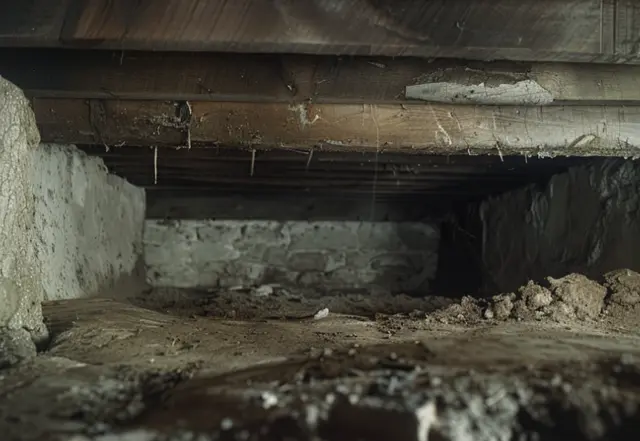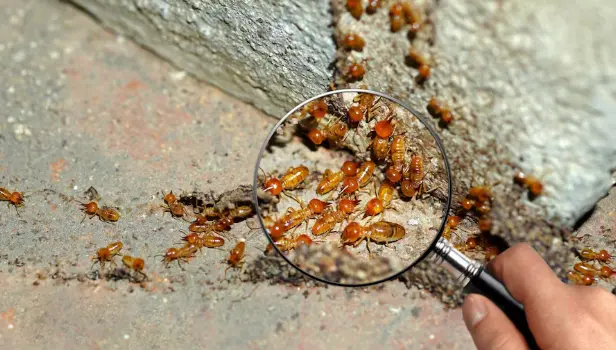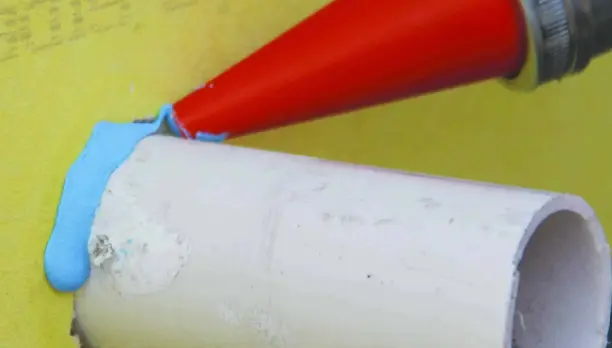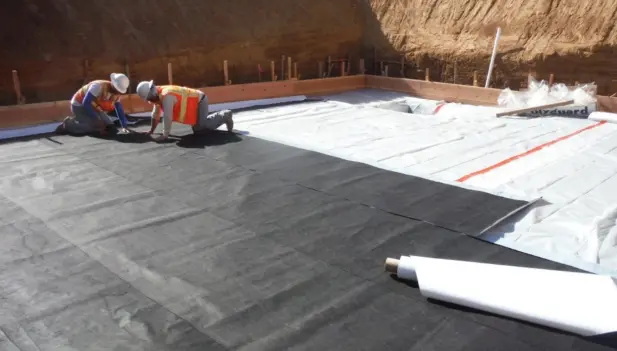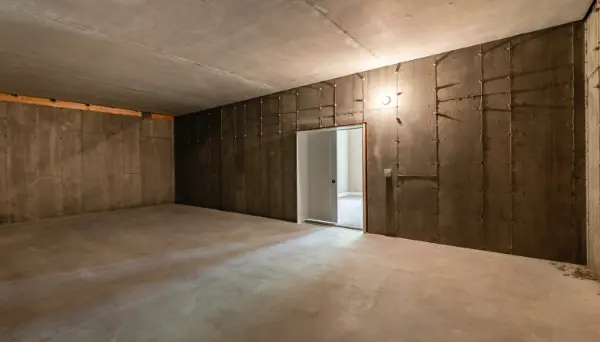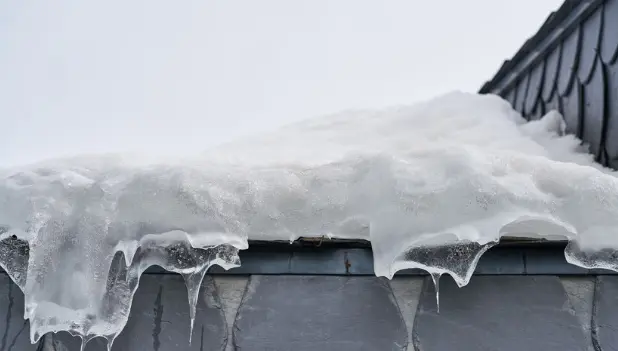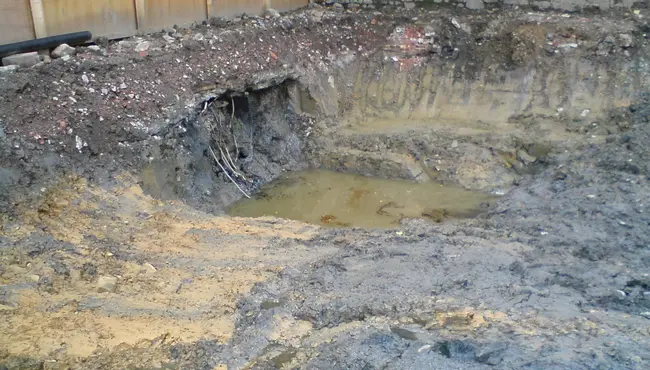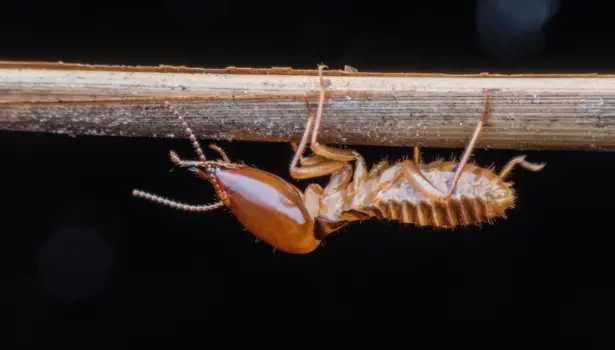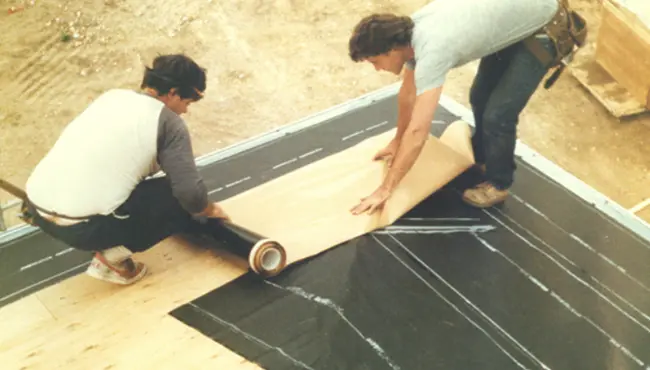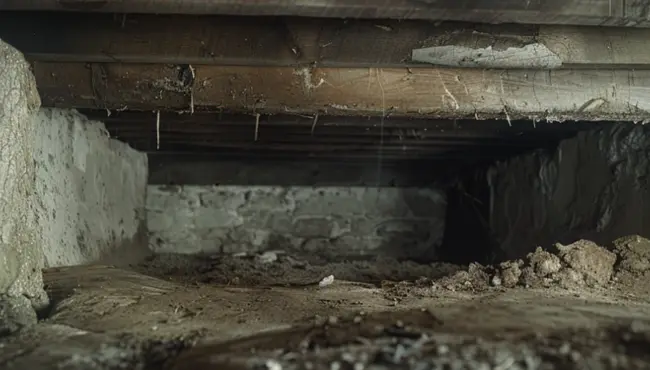
Crawl space encapsulation is a highly effective way to address common household concerns, such as moisture buildup, pest infestations, and energy inefficiency. By sealing this often-overlooked area, homeowners can safeguard their property’s structural integrity while improving indoor air quality.
Examining what happens before and after this process reveals its transformative potential for long-term home maintenance.
How Crawl Space Encapsulation Works
Crawl space encapsulation is more than just installing a vapor barrier or adding insulation. It’s a comprehensive process that creates a controlled environment, protecting the home from moisture-related damage and inefficiency.
The Purpose of Crawl Space Encapsulation
Encapsulation involves sealing the crawl space to block moisture, regulate air conditions, and prevent outside elements such as pests or water vapor from entering. By creating a dry, stable area, encapsulation protects the home’s foundation, enhances energy efficiency, and improves air quality.
The Materials and Methods Behind Sealing
A successful encapsulation process includes several critical steps:
- Inspection and Cleaning: The crawl space is assessed for damage, moisture issues, or pest infestations, and debris is removed.
- Installing Vapor Barriers: Heavy-duty polyethylene sheeting, like Polyguard’s Underseal® Vapor Barrier, is placed over the ground and walls to create a strong moisture barrier.
- Adding Insulation: Foam or rigid insulation improves temperature stability and prevents energy loss.
- Sealing Vents and Cracks: Products like Polyguard’s Blue Barrier 2200 ensure airtight coverage, blocking entry points for outside air or pests.
- Humidity Control Systems: Dehumidifiers or sump pumps maintain optimal moisture levels, especially in high-humidity areas.
Without proper encapsulation, crawl spaces are vulnerable to a range of issues that can compromise the structural integrity of your home and negatively affect indoor living conditions.
Common Issues in Unsealed Crawl Spaces
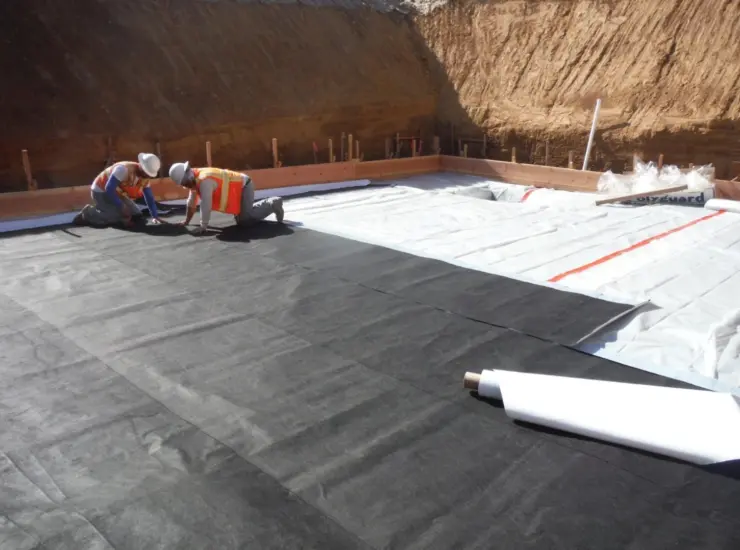
Unsealed crawl spaces often go unnoticed but can lead to significant structural and environmental challenges. These issues highlight why encapsulation is an important investment.
Structural Damage from Excess Moisture
Moisture buildup in unsealed crawl spaces can cause wood rot, weaken support beams, and lead to long-term damage to the home’s foundation. Since over 50% of the air in a home can originate from the crawl space, moisture problems often carry contaminants into living spaces.
Mold, Mildew, and Pest Infestations
Damp conditions provide the perfect breeding ground for mold and mildew, which can spread allergens throughout the home. Crawl spaces also attract pests like termites and rodents, leading to property damage and costly extermination efforts.
Energy Inefficiency
Air leaks and temperature fluctuations in unsealed crawl spaces force HVAC systems to work harder, raising energy bills by up to 20%. This inefficiency increases both costs and environmental impact.
By addressing these risks through encapsulation, homeowners can protect their investment while enhancing the overall safety and performance of their property.
DIY vs. Professional Encapsulation
Choosing between a DIY approach and hiring a professional depends on the homeowner’s expertise and the scope of the project.
For those considering a DIY project, preparation and the right materials are critical:
- Inspect and Clean: Clear debris and repair any foundation cracks or leaks.
- Install Vapor Barriers: Lay a durable vapor barrier across the ground and walls to block moisture effectively.
- Seal Gaps and Vents: Ensure all cracks and openings are sealed to create an airtight environment.
- Add Insulation: Use foam or rigid insulation to maintain consistent temperatures and improve energy efficiency.
- Install a Dehumidifier: Place a high-capacity dehumidifier to regulate moisture levels year-round.
While a DIY project may reduce upfront costs, attention to detail is essential for long-term effectiveness.
Hiring a professional ensures expert installation with high-quality materials, saving time and effort. Professionals also provide warranties on labor and materials, such as those offered with Polyguard products, guaranteeing superior results that last for decades.
What Happens During Professional Crawl Space Encapsulation?
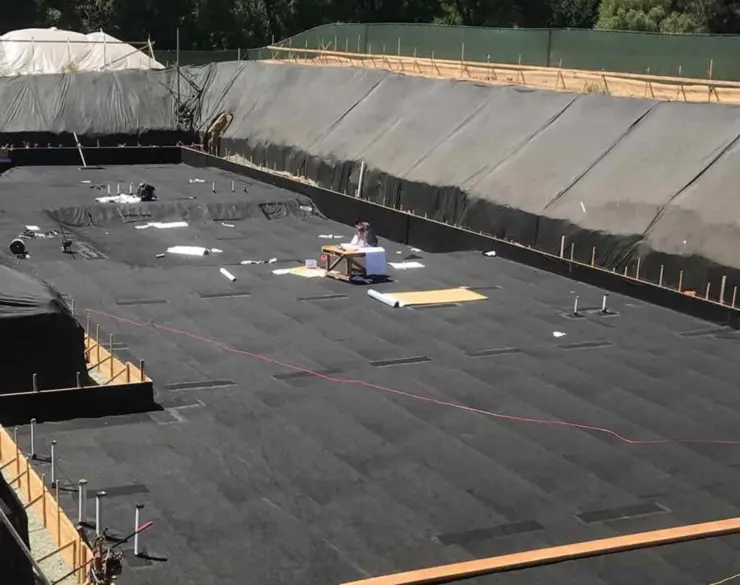
When performed by professionals, crawl space encapsulation ensures long-term durability and adherence to industry standards. Professionals follow a systematic approach tailored to the specific needs of each home.
Inspection and Customization
Professionals begin with a detailed inspection to assess the crawl space’s condition, identifying issues such as water intrusion, structural damage, or pest infestations. Based on this evaluation, they develop a customized plan that considers factors like climate, soil type, and humidity levels.
Precision Installation of Materials
Every component, from vapor barriers to insulation, is installed with precision to ensure a seamless seal. Professionals use advanced techniques to:
- Apply vapor barriers tightly across the ground and walls.
- Add insulation that meets regional energy-efficiency standards.
- Seal cracks and vents thoroughly to prevent air and pest infiltration.
System Integration for Long-Term Control
Humidity control systems, such as dehumidifiers or sump pumps, are integrated into the encapsulation process to maintain optimal conditions year-round. These systems are professionally calibrated for efficiency and reliability.
By relying on trained experts, homeowners gain peace of mind knowing the encapsulation will perform effectively for years without the risk of improper installation.
Innovative Materials and Technologies
Advancements in crawl space encapsulation have introduced more efficient and sustainable solutions, improving durability and performance.
Latest Developments in Encapsulation Materials
Innovative materials like Polyguard's line of termite barrier products integrate moisture control with pest prevention, offering a dual-purpose solution for enhanced home protection. Similarly, Polyguard’s Underseal® products provide reliable performance in challenging environments, ensuring long-term durability and moisture resistance.
Sustainability in Encapsulation Practices
Eco-friendly encapsulation materials reduce environmental impact while improving energy efficiency. For example, Polyguard incorporates recycled materials in some products and designs systems with extended lifespans to minimize waste. Using these materials not only benefits the home but also aligns with sustainable building practices.
The Benefits of Crawl Space Encapsulation
Encapsulation offers numerous advantages that enhance the livability, efficiency, and value of your home.
- Improved Air Quality: By blocking mold spores, allergens, and pollutants, encapsulation creates a cleaner, healthier indoor environment.
- Energy Efficiency Gains: Proper sealing reduces drafts and stabilizes temperatures, cutting energy costs by 15–20% and extending the life of HVAC systems.
- Structural Longevity: Encapsulation shields wooden beams from rot and prevents pest damage, reducing long-term maintenance costs.
- Increased Home Value: Buyers recognize encapsulated crawl spaces as a premium feature, offering lower maintenance needs and greater energy efficiency.
What Changes After Crawl Space Encapsulation?
Homeowners often notice immediate improvements in comfort, efficiency, and protection after completing the encapsulation process.
- Reduced Moisture Levels: Encapsulation lowers humidity in crawl spaces to an optimal range of 30–50%, preventing mold growth and moisture-related damage.
- Consistent Temperatures: Encapsulation stabilizes indoor temperatures, enhancing overall comfort and reducing HVAC workload.
- Fewer Pest Issues: By sealing entry points, encapsulation minimizes the likelihood of infestations by termites, rodents, or other pests.
- Lower Energy Costs: A sealed crawl space reduces energy usage, saving homeowners money on heating and cooling bills.
These changes reflect the significant impact encapsulation has on both home performance and livability.
Protect Your Home with Polyguard’s Advanced Solutions
Polyguard offers comprehensive solutions for crawl space encapsulation, providing reliable moisture control and long-term energy savings. With decades of expertise in waterproofing, our high-performance materials are trusted by professionals to meet diverse needs.
Contact us today for more information.
